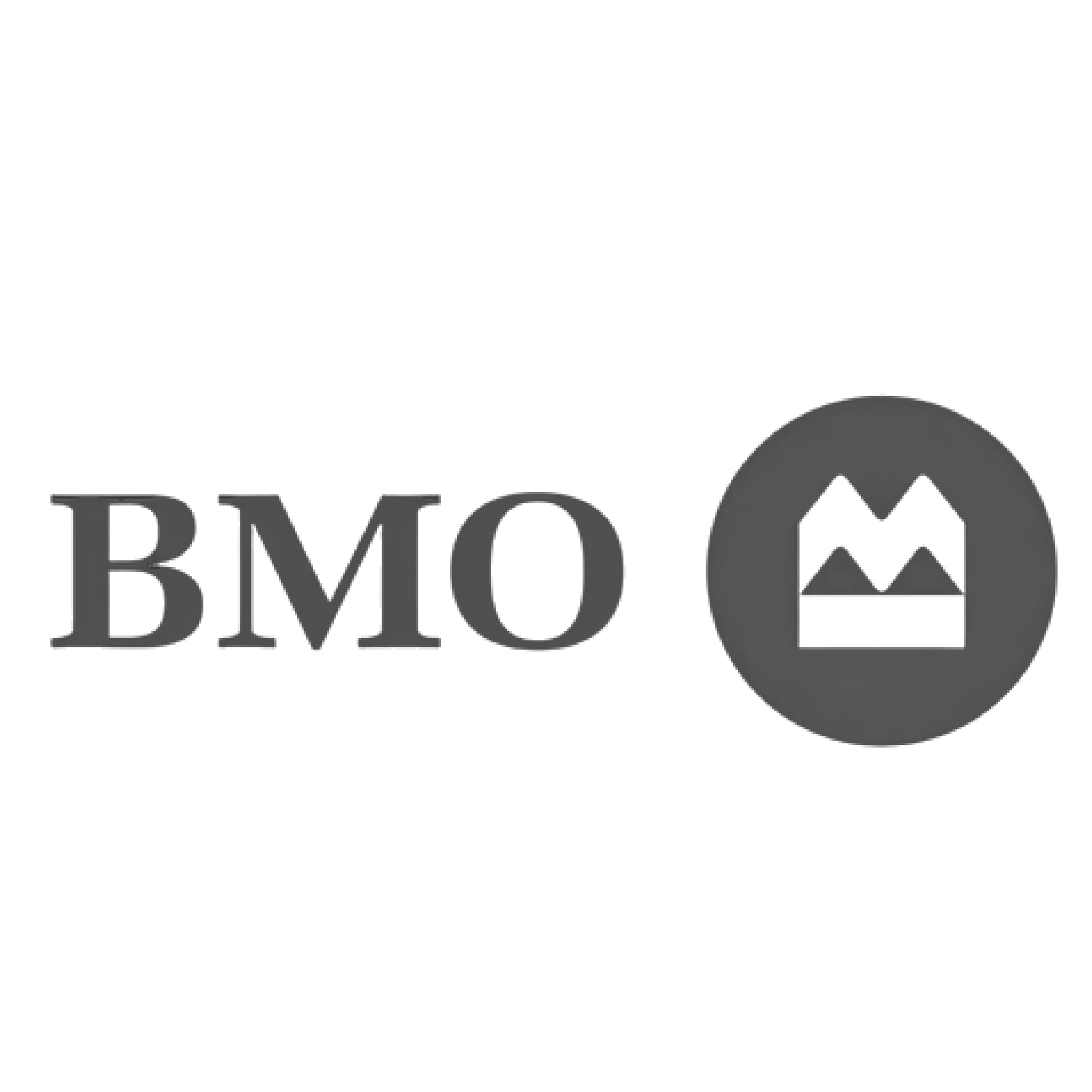Digital marketing has revolutionized the way businesses promote their products and services. Advertising in the digital realm offers unparalleled opportunities for reaching targeted audiences with precision and efficiency. From social media ads to search engine marketing, digital advertising encompasses a wide range of tactics tailored to fit diverse marketing objectives and budgets.
In the vast landscape of digital marketing, advertisements are strategically crafted to capture attention, evoke emotion, and drive action. With sophisticated targeting options, advertisers can tailor their messages to specific demographics, interests, and behaviors, ensuring maximum relevance and impact.
What is an Advertisement — Definition in Marketing
An advertisement, or ad, is a marketing communication designed to promote or sell a product, service, or idea to a target audience. In the context of marketing, an advertisement can be defined as follows:
An advertisement is a paid, non-personal form of promotion delivered through various media channels, such as television, radio, print, digital, and outdoor advertising. Its primary purpose is to create awareness, inform, persuade, and remind consumers about a company’s offerings, with the ultimate goal of influencing their purchasing decisions or behavior.
What Is the Purpose of an Advertisement?
The primary purpose is visibility
- One of the main goals of advertising is to create visibility and awareness for a product, service, or brand among the target audience.
- Ads aim to capture the attention of potential customers and make them aware of the offering’s existence, features, and benefits.
- Increased visibility and awareness can lead to higher brand recognition and recall, which can influence future purchasing decisions.
Another key purpose is branding
- Advertisements play a crucial role in building and reinforcing brand identity, image, and positioning.
- Through consistent messaging, visuals, and associations, ads help to establish and reinforce a brand’s personality, values, and unique selling propositions in the minds of consumers.
Other purposes
- Product/Service Information: Ads provide information about product features, benefits, and usage to educate and inform potential customers, facilitating their decision-making process.
- Persuasion and Influence: Advertisements aim to persuade and influence consumer attitudes, beliefs, and behaviors toward the advertised offering, ultimately driving sales and revenue.
- Competitive Differentiation: Advertising allows companies to differentiate their products or services from competitors, highlighting unique selling points and creating a competitive advantage.
- Reinforcement and Reminders: Ads can serve as reminders for existing customers, reinforcing their purchase decisions and encouraging repeat business or loyalty.
- Market Expansion: Advertising can help companies reach new geographic markets, expand their customer base, and introduce new products or services to existing markets.
While visibility and branding are often cited as the primary purposes, effective advertising campaigns typically serve multiple objectives, such as informing, persuading, differentiating, and reinforcing, to ultimately influence consumer behavior and drive business growth.
What is Digital Marketing? | How it helps to grow our business?
What Are Good Advertisements?
Good advertisements are those that effectively achieve their intended marketing objectives while resonating with the target audience. Some characteristics of good advertisements include:
- Clear and compelling message: Good ads communicate a clear, concise, and compelling message that resonates with the target audience. The message should be easy to understand and memorable.
- Attention-grabbing: Effective advertisements capture and hold the viewer’s or listener’s attention, whether through creative visuals, catchy slogans, humor, or emotional appeals.
- Memorable and distinctive: Great ads are memorable and stand out from the clutter of advertising noise. They often employ unique or creative elements that make them distinctive and memorable.
- Relevant and relatable: Good advertisements speak directly to the needs, desires, and interests of the target audience, making them relevant and relatable.
- Consistent with brand identity: Successful ads align with and reinforce the brand’s identity, personality, and values, ensuring consistency in messaging and visuals.
- Call to action: Strong advertisements include a clear call to action, encouraging the audience to take a desired action, such as making a purchase, visiting a website, or requesting more information.
- Appropriate media selection: Good ads are placed in the right media channels and platforms to effectively reach the intended target audience.
- Integration with overall marketing strategy: Effective advertisements are part of a cohesive, integrated marketing strategy, aligning with other marketing efforts and reinforcing the overall brand message.
- Measurable results: Great advertisements can demonstrate measurable results, whether in terms of increased brand awareness, lead generation, sales, or other predefined objectives.
- Emotional connection: Some of the most successful ads create an emotional connection with the audience, evoking feelings or tapping into aspirations, thereby fostering brand loyalty and engagement.
While good advertisements may exhibit many of these characteristics, the true measure of their effectiveness lies in their ability to achieve the desired marketing objectives and drive business results.
Advertisement Types and Functions
1. Traditional Ads
Traditional ads encompass various offline advertising channels, such as print, broadcast, and outdoor media. Print ads in newspapers and magazines allow businesses to reach a broad audience and convey detailed information. Billboards and outdoor signage are effective for building brand awareness and capturing the attention of local audiences. Radio and television ads leverage audio and audiovisual formats, respectively, to create immersive brand experiences and emotional connections with viewers/listeners.
2. Display Ads
Display ads, also known as banner ads, are digital advertisements that appear on websites and mobile apps. They come in various formats, including static images, rich media (with animation or video), and interactive ads. Display ads can effectively raise brand awareness, drive website traffic, and promote products or services to online audiences. Advertisers can leverage targeting options to reach specific demographics, interests, or behaviors for increased relevance.
3. Social Media Ads
Social media platforms like Facebook, Instagram, Twitter, and LinkedIn offer advertising opportunities that allow businesses to reach users where they spend a significant amount of time. Social media ads can be highly targeted based on user data, such as demographics, interests, behaviors, and social connections. They are versatile, supporting various formats like images, videos, carousels, and stories, making them effective for brand awareness, lead generation, and driving website traffic.
4. Video Ads
Video ads are a powerful way to engage audiences with dynamic, audiovisual content. They can be delivered through platforms like YouTube, streaming services, social media, and websites. Video ads are effective for highlighting products, telling brand stories, and creating emotional connections with viewers. They can be used for various objectives, such as increasing brand awareness, driving website traffic, and influencing purchasing decisions.
5. Search Engine Ads
Search engine advertising, like Google Ads and Bing Ads, displays sponsored listings alongside organic search results. These ads are highly targeted, as they appear when users search for specific keywords related to a business’s products or services. Search engine ads are effective for reaching users with high purchase intent, driving website traffic, and generating leads or sales.
6. Email Ads
Email advertising involves sending promotional messages or sponsored content to opt-in email subscribers or existing customers. Email ads can take various forms, such as dedicated promotional emails, newsletter sponsorships, or branded content within third-party email newsletters. They are effective for nurturing leads, promoting special offers, and driving conversions among engaged audiences.
what is content marketing and why should we use it?
7. Native Ads
Native ads are designed to seamlessly blend with the surrounding content on a website or app, mimicking the style and format of the platform. These ads can take the form of sponsored articles, recommended content, or in-feed social media posts. Native ads provide a less intrusive advertising experience and can be effective for increasing brand awareness, driving website traffic, and promoting content or products in a natural, contextual manner.
8. Mobile App Ads
Mobile app advertising targets users while they are engaging with apps on their smartphones or tablets. Ad formats include banner ads, interstitial ads (full-screen ads between app transitions), and video ads. Mobile app ads allow businesses to reach audiences in a highly targeted and contextual manner, promoting app installs, in-app purchases, or driving website traffic.
9. Influencer Ads
Influencer advertising involves collaborating with individuals who have established credibility and a significant following within a specific niche or industry. Influencers can promote products or services through sponsored posts, product placements, or brand collaborations on their social media channels or other platforms. Influencer ads leverage the trust and authenticity of influencers to reach and influence engaged audiences effectively.
What Are the Best AI Marketing Tools in 2024?
10. Retargeting Ads
Retargeting ads, also known as remarketing, involve displaying targeted ads to users who have previously interacted with a business’s website, app, or online presence. These ads are designed to re-engage potential customers and guide them toward conversion by reminding them of their previous interests or abandoned shopping carts. Retargeting ads can be highly effective for increasing conversions and maximizing the return on advertising investment.
Advertising – Target Audience and Segmentation
Identifying and reaching the right target audience is crucial for the success of any advertising campaign. Advertisers employ various segmentation techniques to divide the broader consumer market into smaller, more targeted groups based on specific characteristics. These segments are then targeted with tailored advertising messages and strategies to increase relevance and effectiveness.
Demographic Segmentation
Demographic segmentation involves dividing the market based on personal attributes such as age, gender, income level, education, and family status. For example, an advertiser may target millennials with a specific income range for a new line of affordable luxury products. Demographic segmentation helps advertisers align their messaging and channels with the characteristics of their desired audience.
Psychographic Segmentation
Psychographic segmentation focuses on segmenting consumers based on their psychological traits, including interests, values, lifestyles, and personalities. This type of segmentation can provide deeper insights into consumer motivations and preferences. For instance, an outdoor apparel brand may target adventure-seekers and environmentally conscious individuals with advertising campaigns that emphasize exploration and sustainability.
What is SEO and How Does it Work?
Behavioral Segmentation
Behavioral segmentation divides consumers based on their actual behaviors, such as purchase history, product usage patterns, brand interactions, and online activities. This type of segmentation is particularly useful for targeted marketing efforts, as it allows advertisers to reach individuals who have demonstrated interest or engagement with their products or services. For example, an e-commerce retailer may retarget users who have abandoned their shopping carts with personalized advertisements and incentives.
Importance of Identifying and Reaching the Right Target Audience: Identifying and reaching the right target audience is crucial for several reasons:
- Relevance: Tailoring advertising messages and strategies to specific target segments increases relevance, which can lead to higher engagement and response rates.
- Cost-effectiveness: By focusing advertising efforts on the most promising segments, advertisers can optimize their budget allocation and achieve a better return on investment.
- Competitive advantage: Understanding and effectively targeting specific segments can differentiate advertisers from competitors and create a unique positioning in the market.
- Personalization: Audience segmentation enables more personalized advertising experiences, which can enhance consumer trust and brand loyalty.
- Measurability: Segmentation allows advertisers to track and measure the effectiveness of their campaigns within specific target groups, enabling data-driven optimization and decision-making.
Effective audience segmentation requires thorough market research, data analysis, and an understanding of consumer behavior and preferences. By identifying and reaching the right target audience through strategic segmentation, advertisers can increase the likelihood of resonating with their desired consumers, driving engagement, and ultimately achieving their advertising goals.
Conclusion
In conclusion, digital advertising is a dynamic and indispensable component of modern marketing strategies. Its versatility, precision targeting, and real-time optimization capabilities make it a powerful tool for businesses to connect with their target audiences effectively. As technology continues to advance and consumer behaviors evolve, the landscape of digital advertising will undoubtedly continue to evolve as well, presenting new opportunities and challenges for marketers. By staying informed, adaptable, and creative, businesses can leverage the full potential of digital advertising to achieve their marketing objectives and stay ahead in today’s competitive marketplace.
FAQs
1. What is the difference between advertising and marketing?
Advertising is a component of marketing that involves paid, non-personal promotion of a product, service, or idea through various media channels. Marketing encompasses a broader set of activities, including market research, product development, pricing, distribution, and promotion (of which advertising is a part).
2. How do advertisers determine their target audience?
Advertisers use various methods to define their target audience, such as demographics (age, gender, income, and education), psychographics (interests, values, and lifestyles), geographic location, and past purchasing behaviors. Market research and data analysis help identify the most relevant segments to target with advertising efforts.
3. What are the common objectives of advertising?
Common objectives of advertising include building brand awareness, generating leads or sales, promoting new products or services, increasing customer loyalty, and differentiating from competitors. Specific objectives may vary depending on the business’s goals and the stage of the product or brand lifecycle.
4. How do advertisers measure the effectiveness of their campaigns?
Advertisers use various metrics to measure the effectiveness of advertising campaigns, such as impressions (number of times an ad is displayed), reach (number of unique individuals exposed to the ad), click-through rates (CTR), conversions (desired actions taken, like sales or sign-ups), brand awareness surveys, and return on investment (ROI) calculations.
5. What is the difference between traditional and digital advertising?
Traditional advertising includes channels like print (newspapers, magazines), television, radio, and outdoor (billboards, signage). Digital advertising encompasses online channels, such as websites, search engines, social media, mobile apps, and email. Digital advertising offers more targeting capabilities and measurability compared to traditional channels.
6. What is native advertising?
Native advertising is a form of paid advertising where the promotional content follows the natural form and function of the platform on which it appears. The ads are designed to blend seamlessly with the surrounding editorial content, offering a less intrusive advertising experience.
7. What is influencer marketing?
Influencer marketing involves partnering with individuals (influencers) who have a significant following and influence over a specific target audience. Brands collaborate with influencers to promote their products or services through sponsored content, product placements, or endorsements on the influencers’ platforms.
8. What are the ethical considerations in advertising?
Ethical considerations in advertising include avoiding false or misleading claims, respecting consumer privacy, adhering to advertising regulations and guidelines, promoting socially responsible messages, and avoiding offensive or discriminatory content.
9. How has the rise of ad-blocking technology affected advertising?
Ad-blocking technology has posed challenges for advertisers, as it allows users to block or filter out certain types of online ads. Advertisers have responded by exploring more user-friendly ad formats, such as native advertising, and focusing on creating valuable and relevant content to engage audiences.
10. What is the future of advertising?
The future of advertising is expected to involve increased personalization and targeting based on user data and behavior, greater integration of artificial intelligence and automation in ad delivery and optimization, the continued rise of influencer marketing and user-generated content, and a focus on creating immersive and interactive advertising experiences across various platforms and devices.
















































